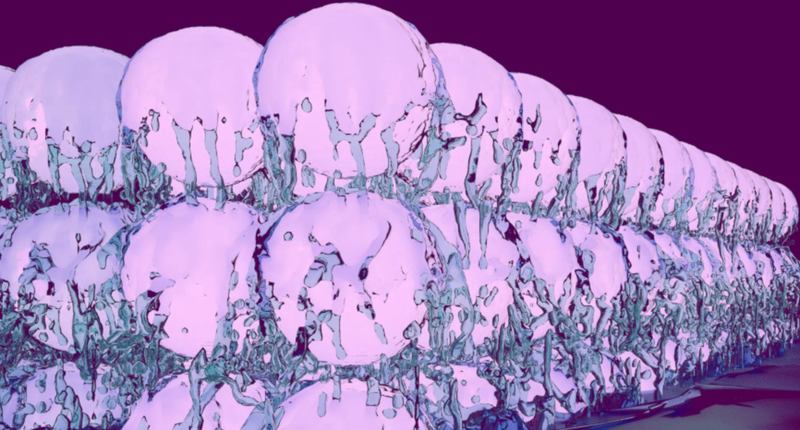Get the latest international news and world events from around the world.


How the shape and size of your face relates to your sexuality
Men and women with shorter, wider faces tend to be more sexually motivated and to have a stronger sex drive than those with faces of other dimensions. These are the findings from a study led by Steven Arnocky of Nipissing University in Canada. The research investigates the role that facial features play in sexual relationships and mate selection and is published in Springer’s journal Archives of Sexual Behavior.
The study adds to a growing body of research that has previously shown that certain psychological and behavioral traits are associated with particular facial width-to-height ratios (known as FWHR). Square-faced men (who therefore have a high FWHR) tend to be perceived as more aggressive, more dominant, more unethical, and more attractive as short-term sexual partners than their thinner and longer-faced counterparts.
Researchers attributed differences in facial proportions to variations in testosterone levels during particular developmental periods, such as puberty. This hormone plays a role in forming adult sexual attitudes and desires.

New Artificial Intelligence Renders Your Face in 3D Using Just a Photo
Until now, this has been a computational challenge of “extraordinary difficulty,” the researchers wrote, with obstacles posed by different facial poses, expressions, and variable lighting.
“Typically if you want to reconstruct a face you have to try and use something called 3D morphable models, or shape from shading,” Aaron Jackson, a Ph.D. student who works on deep learning applied to human faces and who is one of the authors of the paper, told Seeker.
This method of 3D facial reconstruction analyzes shadows on the face to come up with a likely structure. It requires multiple images and poses.

Letting teens sleep in would save the country roughly $9 billion a year
The United States would realize roughly $9 billion a year in economic gains by instituting a simple, nationwide policy change: starting public school classes no earlier than 8:30 a.m.
That’s according to an exhaustive new study by the Rand Corporation, the first of its kind to model the nationwide costs and benefits of later school start times.


You could soon be eating meat grown by plants
Tepic, Mexico, Sept 4 (Thomson Reuters Foundation) — Juicy lab-grown steaks and burgers made of plant-based meat could soon be tempting hardened carnivores scanning restaurant menus in the world’s biggest cities, as food producers explore fresh ways to feed booming populations.
With people pouring into cities across the developing world, rocketing demand for meat and dairy products will make it essential to find high-protein alternatives that have a lower environmental impact, some experts say.
“The food of the future, as we become more and more urban, will continue to be meat but it won’t be meat from industrialised animal agriculture,” said Bruce Friedrich, executive director of the Washington-based Good Food Institute.

New Synthetic Muscle Puts Us One Step Closer to Lifelike Robots
Robots still find it difficult to perform delicate actions, like picking up a soft object without causing damage. A new form of synthetic muscle could offer up some major improvements.
A group of researchers from the Columbia University School of Engineering and Applied Science has developed a new type of synthetic soft muscle that can be manufactured using a 3D printer. The material is capable of lifting up to 1,000 times its own weight and boasts fifteen times the strain density (expansion per gram) of natural muscle.
Scientists are turning chickens into dinosaurs…
Scientists are turning chickens into dinosaurs… kinda.